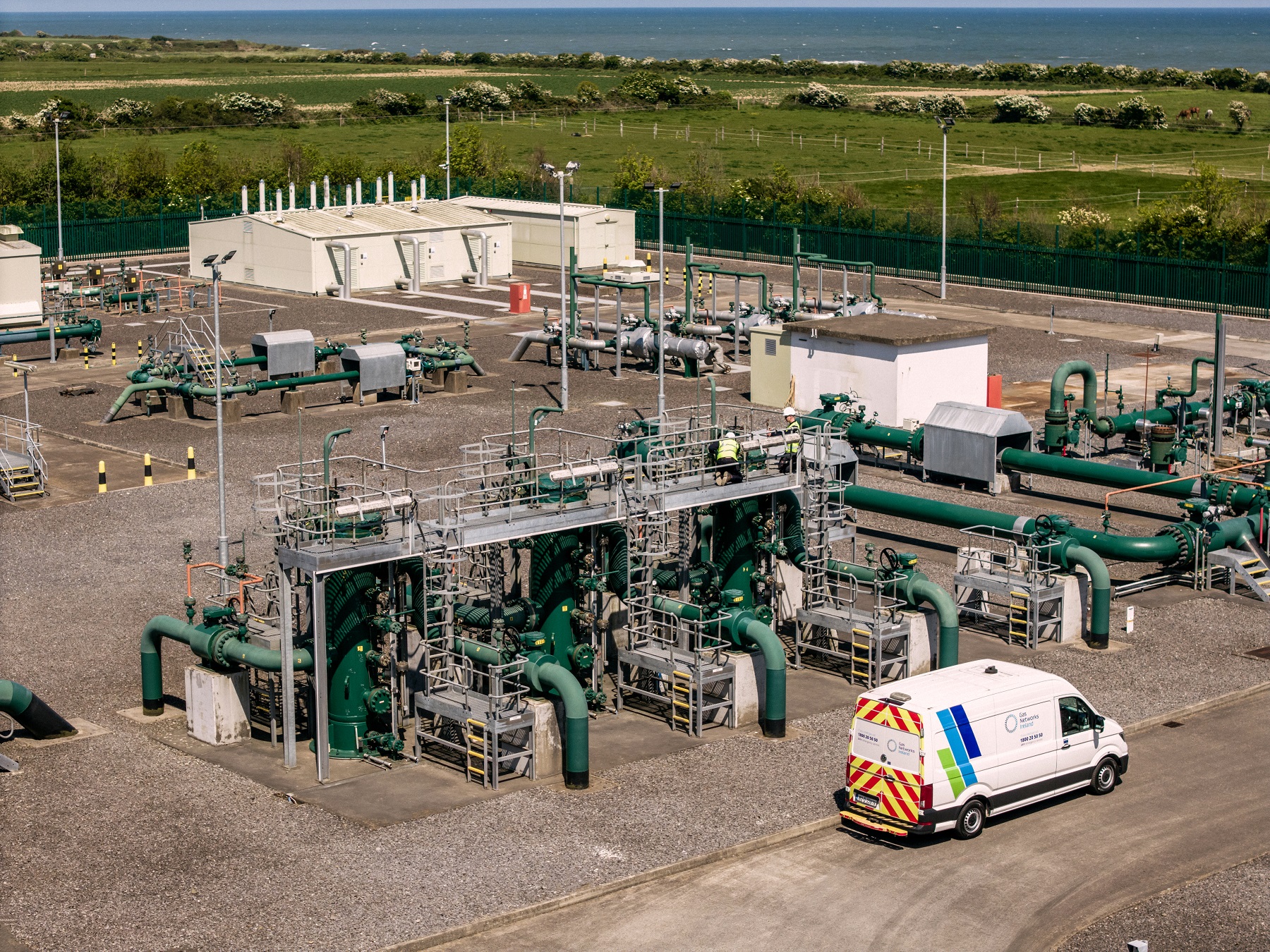Programme overview
Gas Networks Ireland operates and maintains nearly 15,000km of national gas network and approximately 200 Above Ground Installations (AGIs) at various locations across the island of Ireland.
AGIs are critical nodes on the network that reduce and control the pressure of the gas required at any given site where a gas pipeline enters or exits the network. As well as pressure regulators and assisted heat/temperature control, AGIs also contain specialised equipment such as filters (for gas quality), meters (for measuring usage) and control systems (for safety) making them a key asset in the delivery of gas to Irish homes and businesses.
Our network is considered one of the safest and most modern in Europe and we operate a rolling programme of works focused on resilience, capability and flexibility to ensure our network of AGIs remains both secure and high performing.
In 2025, our team is managing more than 40 individual AGI projects across the following areas:
- Resilience and security – ensuring both physical security (perimeter fencing and gates, CCTV and IDS) and cyber security (hardware and system protection and resilience ) is maintained to the highest standard, in line with EU regulations.
- Capacity upgrades – increasing gas capacity to meet energy demands and also ensure we can meet a “1 in 100” weather event (e.g., an extreme cold snap). Also includes heating capacity upgrades as required to support the gas capacity output.
- Operational upgrades/replacements - mechanical, electrical, or civil upgrades across an AGI to replace end of life site components and to maintain or enhance the operation of a station (e.g., site electrical and instrumentation upgrades, valve replacements, system upgrades)
- Maintenance and operations – rolling programmes ensuring ongoing maintenance and operation of the network of stations (e.g., meter replacements, pipe supports remediation, ATEX upgrades, heat exchanger maintenance).
Sustainability is a key focus across all areas; when carrying out capital works at an AGI, we also take the opportunity to improve energy efficiency. For example, installing solar panels, or replacing boiler systems with a more energy efficient option and introducing biodiversity measures to our AGI’s.
We are proud to partner with several Irish-based companies, including Arup, Fingleton White, Murphys and RPS on the design and delivery of these projects.
What is an AGI?
An Above Ground Installation (AGI) is a critical part of the gas transmission system. It refers to a facility installed above ground where various gas processing, control, measurement, or safety functions are carried out. These installations are essential for managing the flow, pressure, and quality of natural gas as it moves through the pipelines.
The main functions of an AGI are as follows:
- Pressure Regulation
- Reduces or controls the pressure of gas flowing through the pipelines.
- Ensures gas is delivered at safe and useable pressures for downstream systems or consumers/customers.
- Temperature Control
- To assist in the pressure reduction of gas.
- Boiler Units heat online gas Heat Exchangers (HEX) which heat the gas during the pressure reduction process.
- Filtration
- Removes dust, liquids, or other contaminants from the gas to ensure pipeline integrity and user safety.
- Metering
- Measures the quantity of gas flowing through the pipeline for billing, monitoring, or system balancing.
- Instrumentation and Communication
- Ensures safe, efficient, and real-time monitoring and control of gas flow, pressure and equipment performance.
- Instrumentation allows operators to monitor, measure and control pressure, flow, temperature, gas quality, and safety devices.
- Communications systems allow for remote monitoring, control, data logging and alarms through various technology, systems and processes.
- Safety and shut-off systems
- Includes emergency shut-off valves, pressure relief valves, and slam-shut valves to protect pipelines and personnel.
- Pigging facilities (in some AGIs):
- For launching or receiving pipeline inspection tools (called ‘pigs’) which are used for cleaning or inspecting the inside of pipelines.
Safety and regulation
Gas AGIs are governed by strict safety, environmental, and engineering standards due to the flammable and pressurised nature of natural gas. These include: explosion-proof electrical systems; remote shutdown capabilities; fire and gas detection systems; and regular inspection and maintenance schedules.
Locations at which you would typically find an AGI include:
- along long-distance transmission pipelines;
- at entry/exit points of cities/towns or industrial/commercial areas;
- near industrial users that require large volumes of gas (e.g., power stations); and
- at pipeline intersections or maintenance access points.
